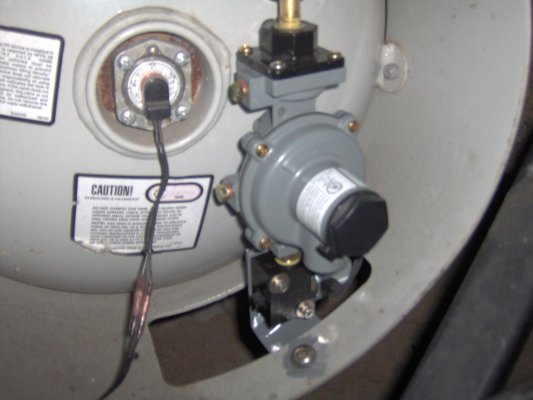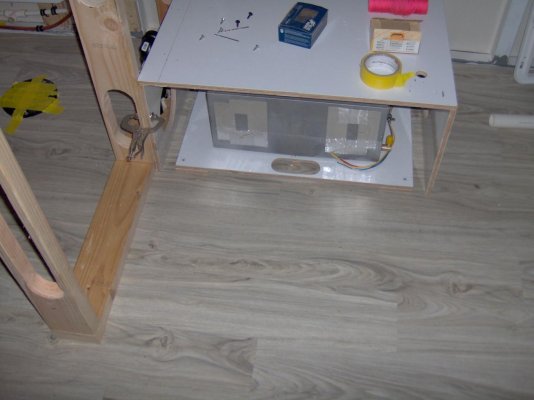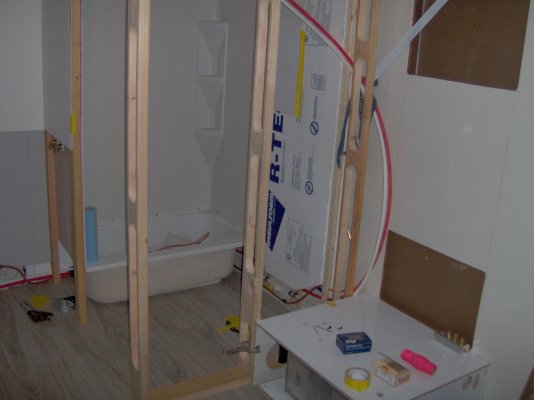On the table top type grills that are designed with the disposable tank hookup, those use tank pressure into that fitting and the regulator is built into the control valve on the inlet (disposable tank) fitting. Those would require the tank pressure hose tee'd into your system ahead of the regulator.
Most full size grills and some table top grills are built with a hose and regulator to hook directly to a standard 20# tank. Those types can have the regulator removed and tap into your propane system after the regulator. It is to be noted though that there is limit to how long of a hose you can use and still get adequate pressure to the grill for proper operation, so keeping in mind that regulated pressure is only 11" wc (about 1/2 psi) you need to keep the hose to the absolute minimum to do what you need and not have extra coils of hose "just in case". Using a 3/8" hose vs the more common 1/4" hose will also allow you more distance.
That said, I did have some issues on a couple of my own grills using the high pressure hose setup with a fairly long hose where I was getting accumulation of oil in the regulator, valves and orifices on the grill. To the point where the flame would keep getting progressively lower with each use as the oil built up, until it would not light at all. Ruined 2 tabletop grills and started to happen on a third. I finally gave up on that type of long hose and found a nice stainless table top grill at Sam's Club that uses a standard 20# tank hookup and low pressure hose. That setup has worked better.
Now many of you know I was in that buisness, and the weird thing is that after 15 years in the propane business in the past, there is no technical reason I can come up with that the oil (presumably from the odorant) would ever possible leave the cylinder in a vapor withdrawal system. And the problem was only in the high pressure hose to the grill, never in the built in appliances. Racked my brain and swore at it for 2 grills and 2 seasons. Never did figure it out. But my low pressure grill has been working just fine. So I would lean in that direction, assuming of course you and find a suitably compact grill that is not set up for disposable tanks.
Every propane regulator will have a btu rating. To make sure it is sized properly you will need to add up the btu requirements for all of your appliances and compare that to the regulator rating. You have to assume for that math that every appliance could conceivably be in use all at the same time.
Those tee kits referenced in a previous post come in 2 different forms, one will tee in a remote appliance like a grill, and the other form allows you to tap in an external propane tank to feed the system, for example if you are parked for the season and don't want to drive out to fill up. One kit had both items included.



















